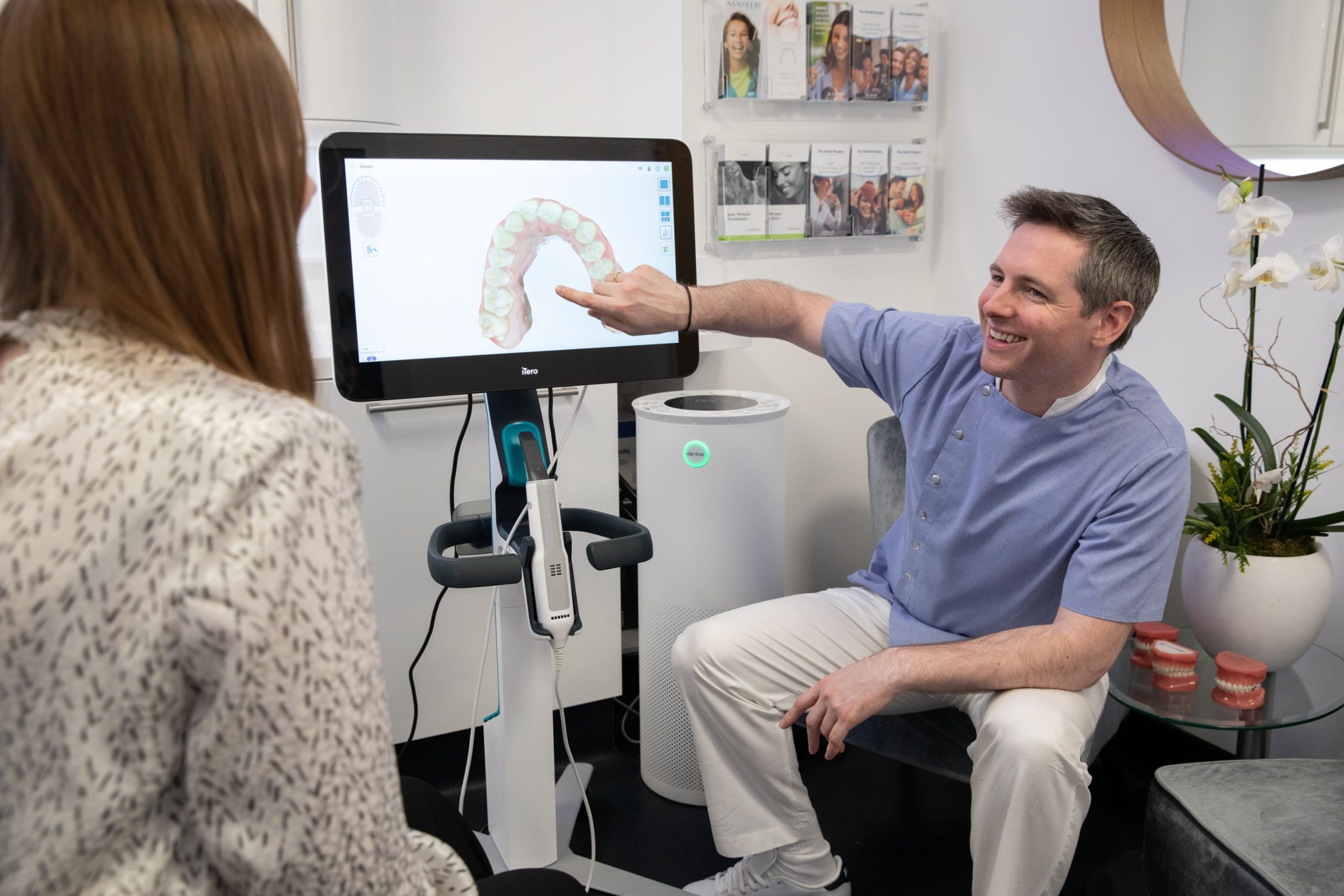-
Categorised as:
- Teeth Replacement
- General Dentistry
- Teeth Restoration
5 Key Reasons To Replace Your Missing Teeth (and options when you do
Missing teeth can be a common problem for adults whether for congenital reasons, because of trauma or through untreated decay leading to tooth loss.
However, the fact that something may be relatively common does not mean it is an issue that can be ignored. With dental health – and health in general – there is no such thing as safety in numbers.
Should adults with a missing tooth or teeth consider remedial action and what are their available treatment options?
How Common Are Missing Teeth?
It may surprise you to learn that Hypodontia (congenitally missing teeth) is a condition that affects around one in 20 adults in the UK, on top of this there are those who have lost a tooth or teeth in an accident and also many cases where untreated decay has led to tooth loss.
In total, there are hundreds of thousands of UK adults who have one or more teeth missing.
We can assure you that missing teeth are a concern that our dentists treat with skill and compassion on a regular basis (we’ve fitted over 20,000 implants!).
Reasons To Have A Missing Tooth or Teeth Replaced:
1. Impact On Self-Confidence
The gap caused by missing teeth can impact your confidence and self-esteem.
People with missing teeth may cover their mouth when laughing or talking, or avoid smiling and other motions that display their teeth.
2. Other Teeth Get Overworked
Every tooth has a purpose whether that is in chewing food, or speaking clearly. When teeth are missing it disrupts the balance between the remaining teeth changing the bite pressure. This can result in the remaining teeth facing an increased workload and potentially shifting position or succumbing to wear and tear.
3. Bone Structure Can Alter
When a tooth is missing the gum and bone are no longer stimulated and this can lead to the jaw bone shrinking and gum pulling back. Neighbouring teeth can be affected, again increasing the risk of further tooth loss.
A person’s appearance can also be negatively impacted, the reduced jaw bone making the face appear older with cheeks that are hollow and more likely to sag.
4. You Can Enjoy A Full And Varied Diet Once More
For many, missing teeth stops them enjoying food by limiting what they can eat.
Depending on the treatment chosen for missing teeth, you may find that a full, varied diet is unlocked once more, food once again is something to enjoy.
5. The Solution Can Be Truly Long-Term
Different solutions for missing teeth provide different degrees of longevity. A partial denture may seem like a cost effective option but it is one that lasts five years or more in just 40% of cases.
Contrastingly, dental implants have a 98% success rate and often last a life time, because the implant becomes part of the jawbone, replicating the function of a natural tooth. In 90% of cases, implants will still be effective 15 years after their insertion.
Treatment for missing teeth is an investment, however set against the cost of ongoing dental care to remedy the many problems these missing teeth could create, in the long term this cost is likely to be money well spent.
Options For Replacing Missing Teeth
There are several options for anyone considering replacing their missing teeth. This is often dependent on a variety of factors such as your current oral health, how many teeth are missing, and budgetary requirements.
The best treatment for you will be discussed during a consultation with one of our dentists, for a brief overview see our factsheet here.
Partial Denture
A partial denture consists of a removable acrylic plate or metal frame holding one or more artificial teeth in place.
Although an inexpensive option, this is also one that has the lowest rate of long-term success – lasting five years in just 40% of cases.
Partial dentures are removable and so offer a very different experience to implants, which function as a natural tooth would.
Resin-bonded Bridge
This treatment option fixes an artificial tooth to the back of adjacent teeth with metal “wings”. The success rate is high, with the bridge lasting at least five years in 88% of cases, though the average lifespan is not hugely beyond this at seven years.
One drawback is that in some cases it is possible to see the metal that holds the artificial tooth in place through the natural supporting tooth.
Conventional Bridge
A conventional bridge is a fixed artificial tooth/teeth that is held in place by crowns on the adjacent teeth.
This option has a good success rate and is a longer-term solution than the previously mentioned treatments. One potential issue to consider though is that it can damage the adjacent teeth as they are “filed down” to make space for the bridge.
Dental Implant
Dental implants have the highest success rate and are also the option that acts in a way closest to natural teeth. They help maintain the bone levels where teeth have been removed.
They have a superb success rate and in most cases will last a lifetime. In terms of look and function, they can be treated exactly like a natural tooth.
Although a dental implant may be the most expensive option, the fact that they are a treatment option that typically lasts for the long term helps offset this initial expense.
In a recent post, we listed our reasons for favouring this particular treatment option for missing teeth (see here).
Do you have a specific question?
Get in touch with us today.



